6 things holding your electric car together
The battery under the hood isn’t the only thing supporting your electric car — these key structural components keep your EV moving safely

From the Ford F-150 Lightning to the BMW i3, electric vehicles are here to stay on dealership lots. Manufacturers introduce new models and upgrades each year to entice buyers and phase out previous generations.
EVs were once a niche market, but they’ve steadily increased their presence. Experts say the market share of EVs climbed by 25% in 2024, with 3.5 million units sold. Electric cars are closing in on their internal combustion (IC) counterparts as automakers and policymakers adopt sustainable policies.
While EVs and IC cars look similar from the outside, their internal makeup differs. Electric cars are generally heavier than gas-powered vehicles because of the battery. This sizable component stores energy and gives you enough power to drive safely.
The differences are most evident under the hood, where the engines are absent in EVs. Therefore, you don’t need oil changes, spark plugs, or exhaust systems. Instead, you get battery packs, an electric motor, and power inverters. These parts are EV exclusives you won’t find in a typical gas-powered car.
While battery packs are essential, there are unsung heroes you can thank for keeping your EV running. For example, the battery management system monitors the component’s health and temperature to ensure efficient operations. It’s the brains of the operations, letting EVs reach and maintain 300-mile ranges for long road trips.
Another underappreciated hero is the DC-DC converter, which you’ll usually find with the onboard charger near the battery pack. This component gives life to your infotainment system by converting high-voltage power to low-voltage energy. Properly functioning DC-DC converters provide electricity for lights, power locks, and windshield wipers.
You might not think about these internal parts, but EVs wouldn’t run without them. Here are six more components holding your electric car together.
2 / 7
1. Module casings
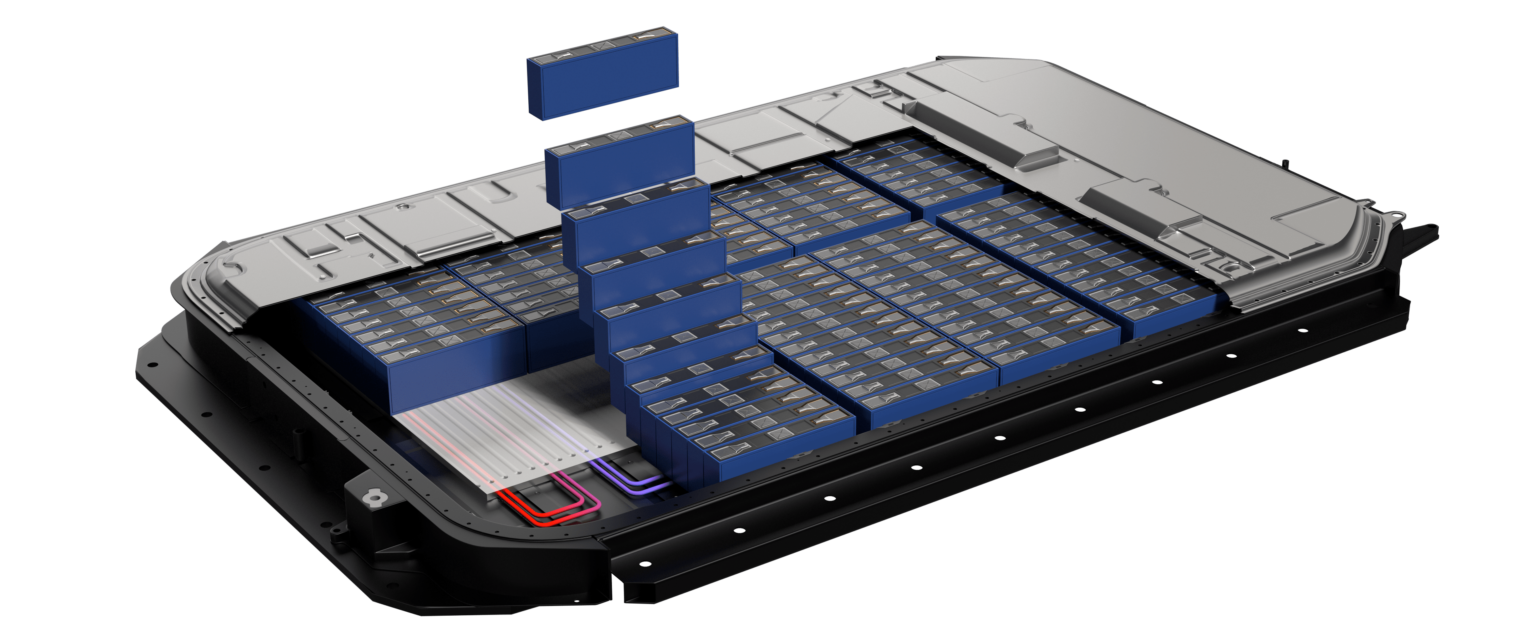
Henkel
Module casings are essential because they protect the electronic control units from falling apart. If the electric motor were a knight, the casings would be a suit of armor. These enclosures protect inverters, DC-DC converters, and onboard chargers from external conditions. Your EV may have dedicated casings to protect the battery management system. They safeguard against moisture, which can cause short-circuiting within the energy storage devices.
3 / 7
2. Seals and gaskets
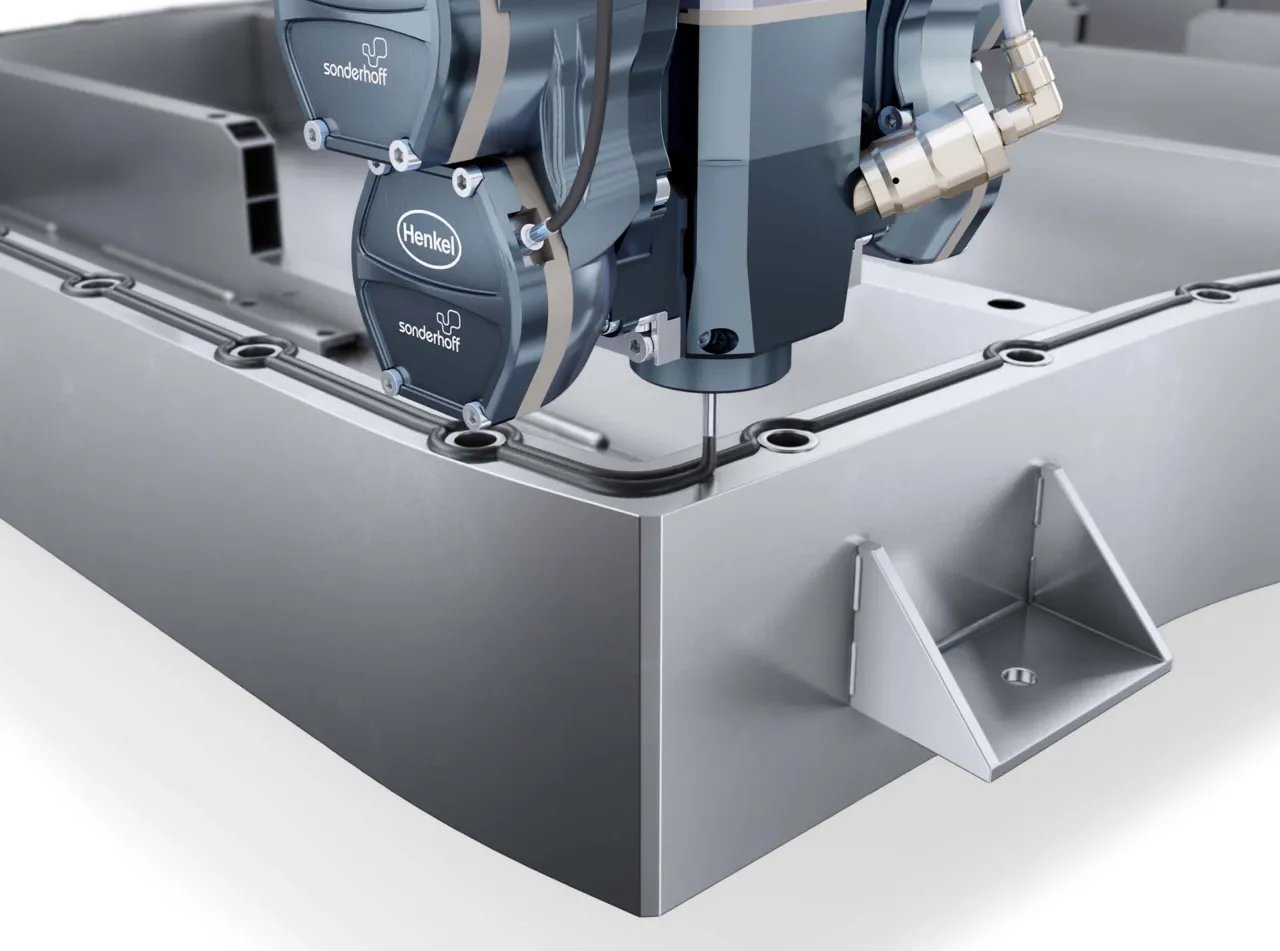
Henkel
While seals and gaskets might seem minor, they’re critical in EV reliability and safety. These components prevent moisture, dust, and debris from compromising the internal electronics. You need them to keep particles out and reduce clogging risks. You can find seals and gaskets around the doors, motor housing, and battery packs. They’re helpful if you live in rainy climates and flood-prone areas.
4 / 7
3. Electrical connectors

Ford
Batteries do the hard work, but they need electrical connectors to get the job done. These parts work within the EV’s high-voltage system and distribute power to the motor and inverter. You need them to charge your electric car — otherwise, you’ll be stuck in the driveway. While they help your EV run, they also affect signal transmission. The electrical connectors are the bridge between the motor and the motor controller, among other components.
5 / 7
4. HVAC components
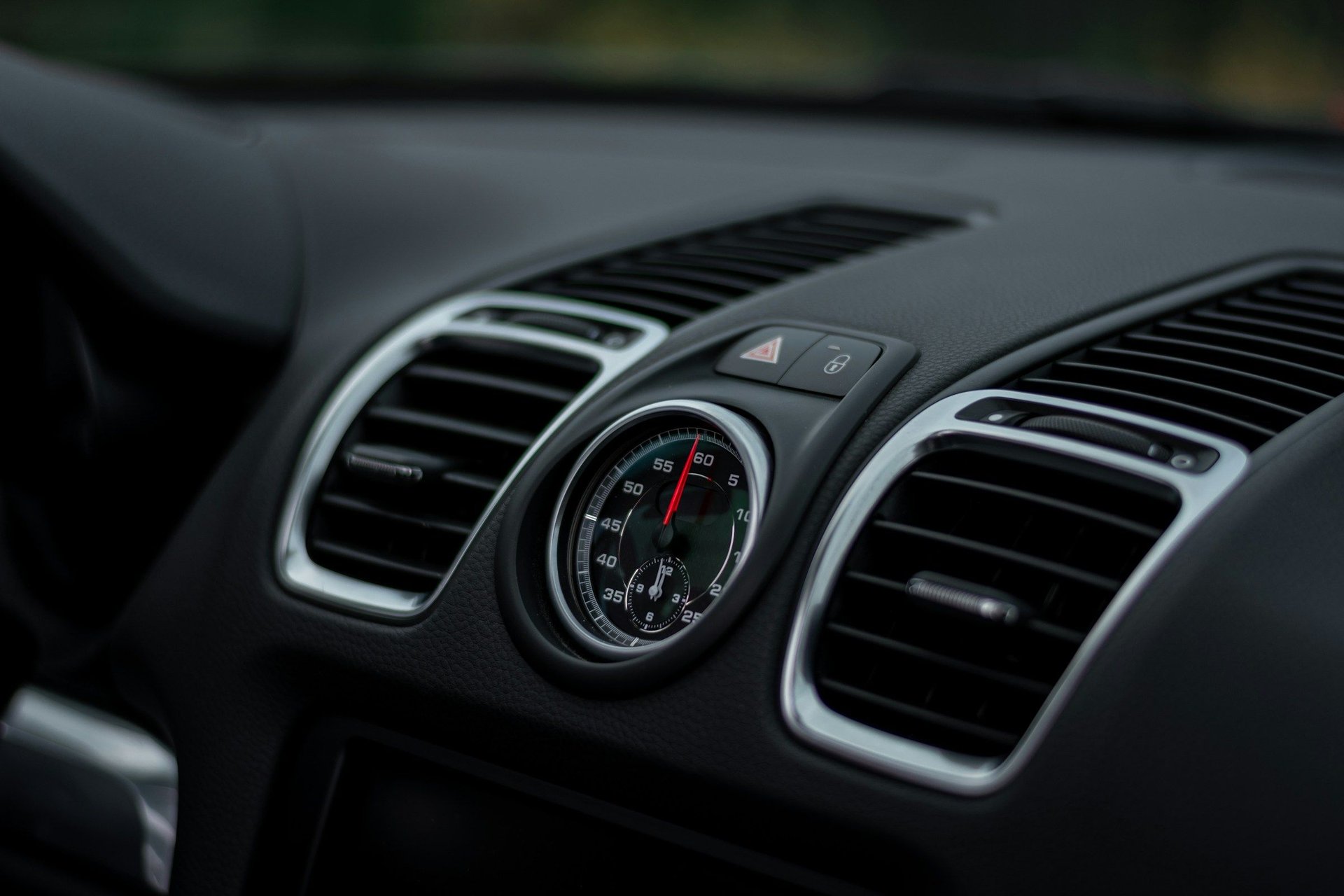
Olav Tvedt | Unsplash
When driving an IC or electric car, you need heating and air conditioning. Experts say a car can reach 143 degrees Fahrenheit after sitting in the sun for an hour. The EV has your back with intelligent cabin climate control to keep your driving experience more comfortable. Your EV uses refrigerant compressors, condensers, and evaporators to cool the interior. Under the hood, you may see coolant hoses and clamps to connect the cooling systems.
6 / 7
5. Fasteners
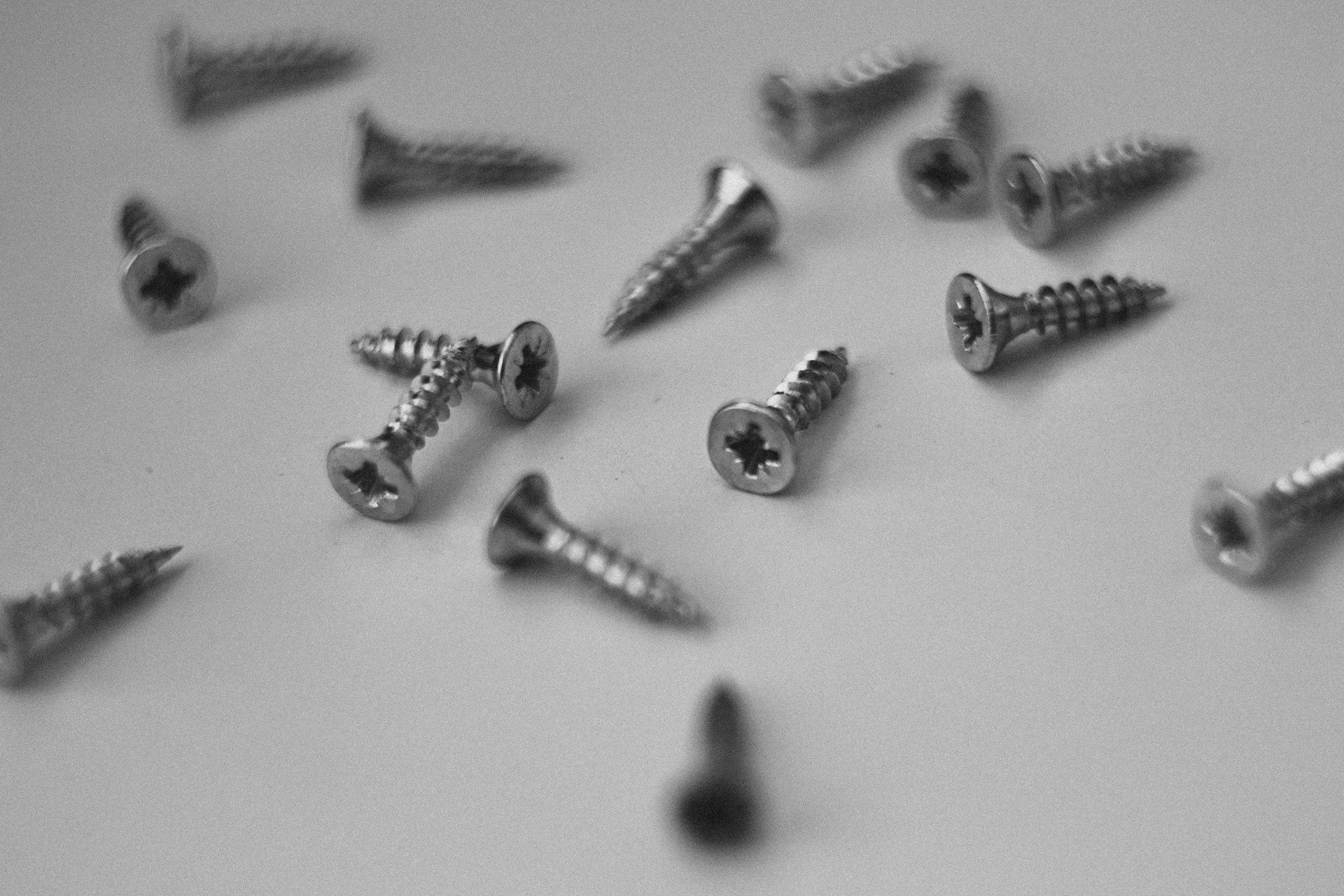
Priscilla Du Preez | Unsplash
Fasteners are a small but crucial component inside your EV, engineered to handle the unique challenges of electric cars. They must withstand the heavy weight of sizable battery packs and the immense torque from electric motors, ensuring the vehicle is safe and stable. These fasteners join structural components like the battery chassis, suspension, and body panels. Due to their manufacturing efficiency, self-tapping screws are often the primary choice, made from strong, corrosion-resistant materials like stainless or carbon steel.
7 / 7
6. Structural supports
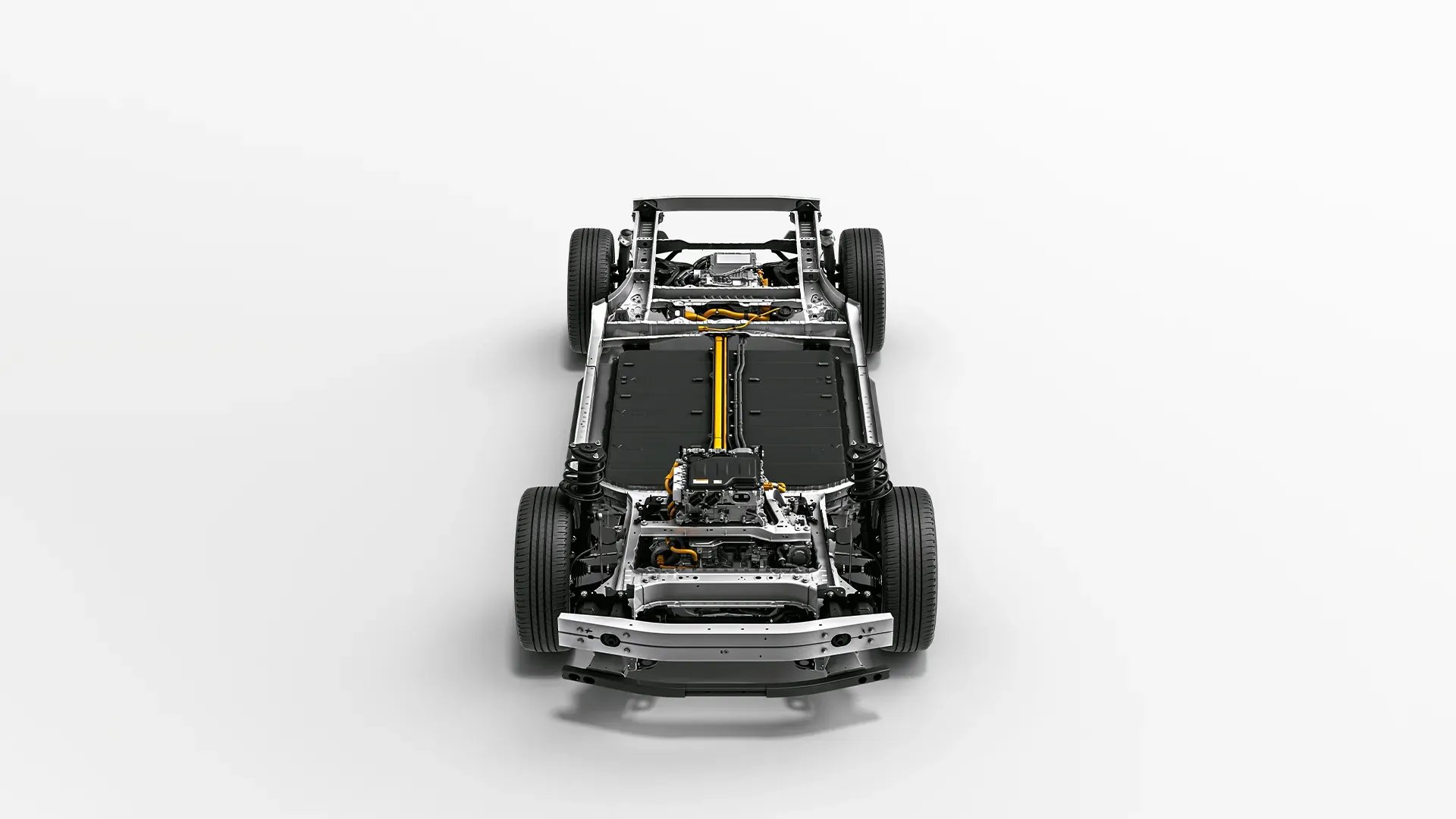
Toyota
Structural supports are essential for holding the battery packs and other components in place. The mounting system is strong enough to hold a battery and absorb impact. Some batteries weigh nearly 3,000 pounds, so reinforcement is necessary. Manufacturers insert frames and cradles to house the packs and withstand outside forces. From reinforced chassis members to braces, these components hold your EV together. Besides the battery, the motor gets support from special brackets that attach it to the chassis.
